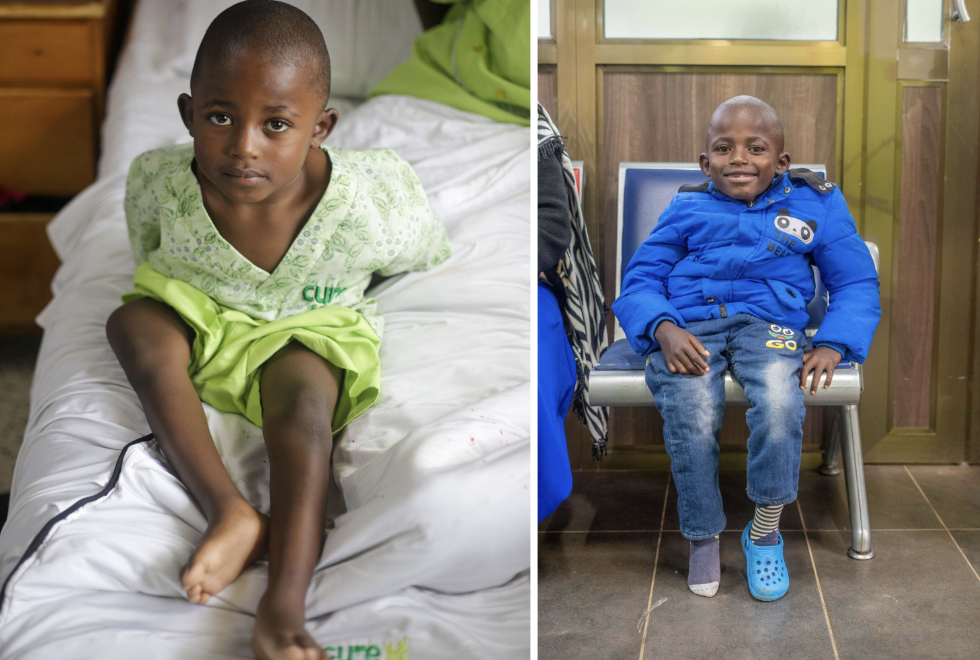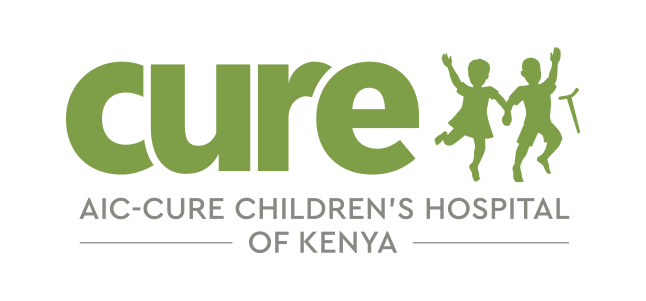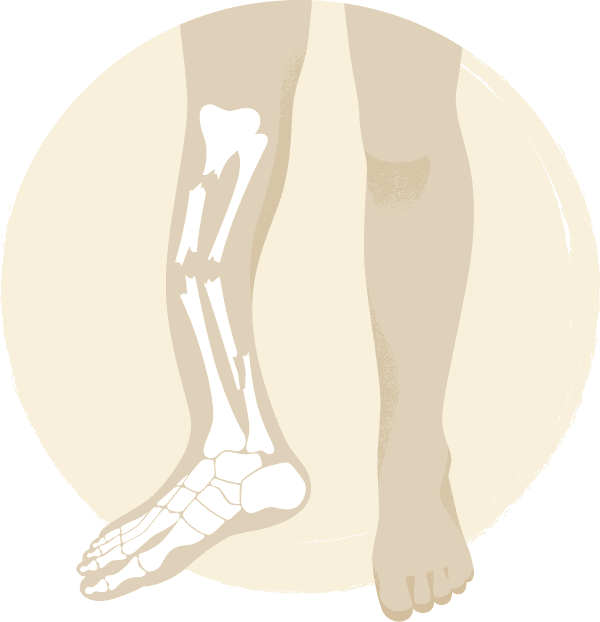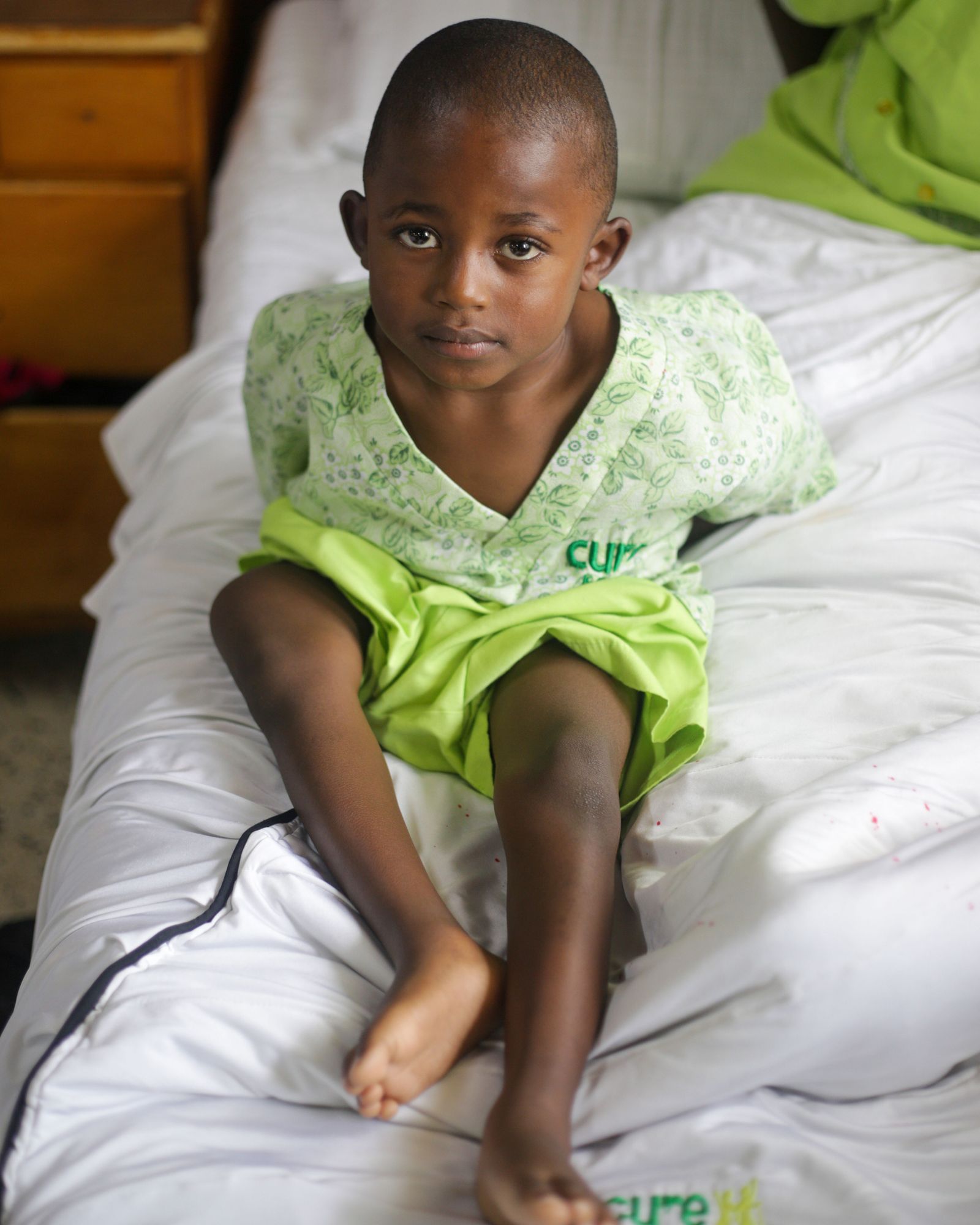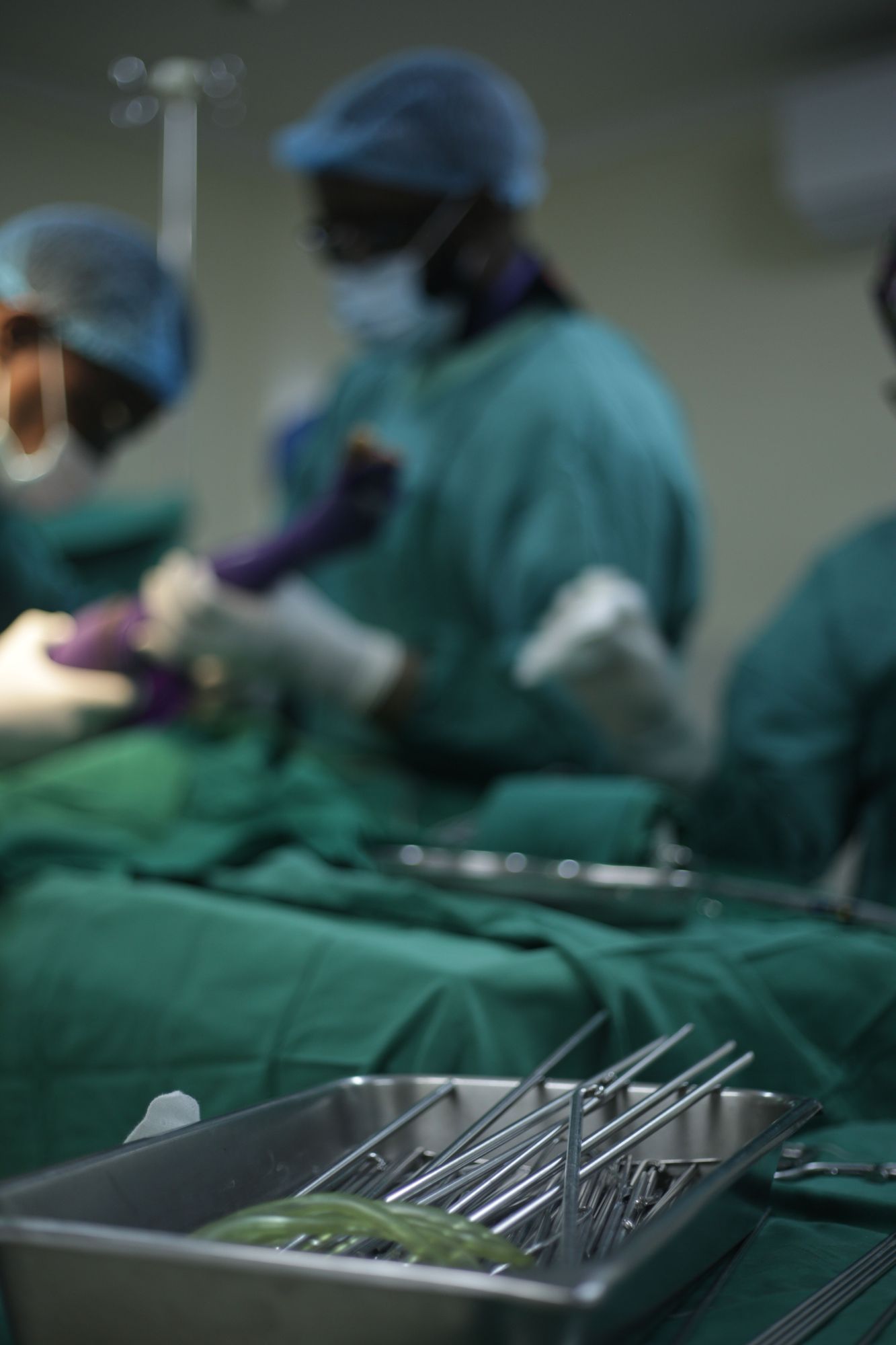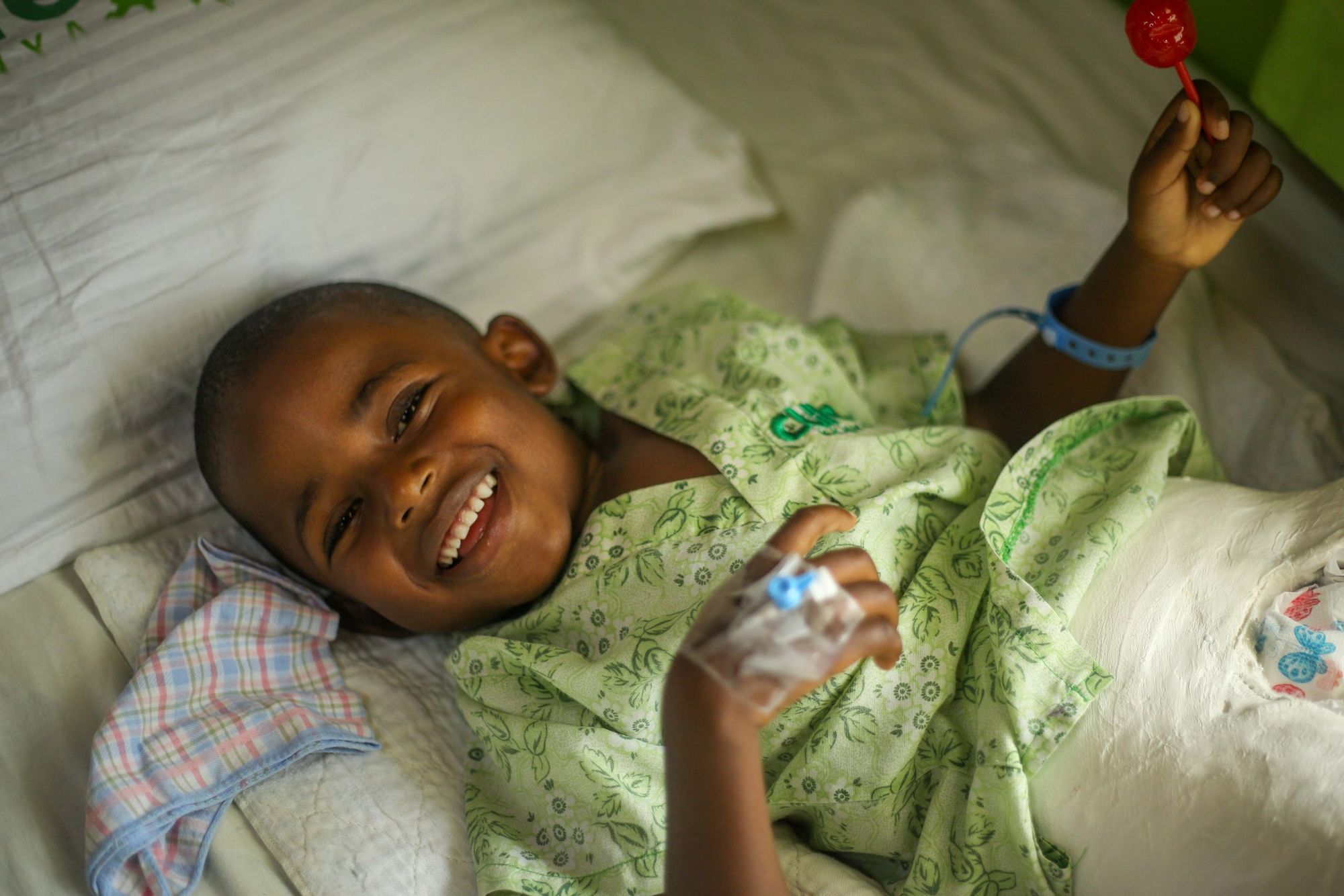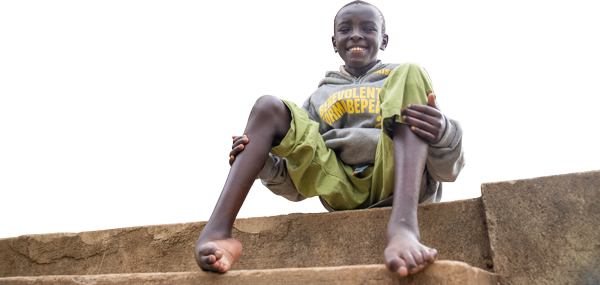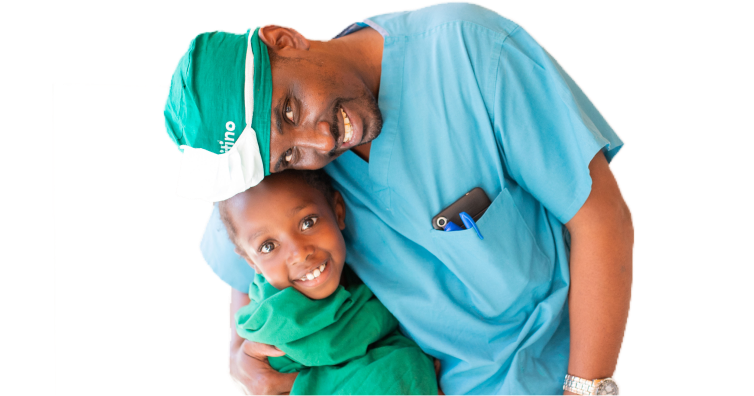What issues do children with osteogenesis imperfecta face?
PAIN
Weakened bones can lead to abnormal bending, painful breaks, and fractures
How does surgery change a
child’s life?
- Feet are straightened and can grow normally
- Children experience restored confidence and hope as they are accepted into community life
- Mobility improves so children can run, play, walk pain-free, completing school which lead to more opportunities
